Call or Text
801-438-4793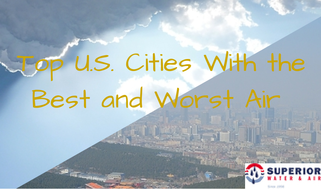
Top U.S. Cities with the Best and Worst Air
August 13, 2014
The American Lung Association annually ranks U.S cities by air quality in a State of the Air report. Cities are broken down into the best and worst air categories by different pollution factors. These include: year round particle pollution, short term particle pollution, and ozone pollution. The exact rankings of cities in both categories alters from year to year in terms of exact positioning, but the report gives a pretty good idea of air quality by city and region. The good news is that over the past 40 years, air quality nationwide has gradually improved and even the most historically polluted cities have been able to reduce contamination.
The EPA’s Clean Air Act of 1970 is largely responsible for this incremental improvement over the decades, but many cities have made big independant strides to create more green spaces, develop light rail and other mass transit options, and discourage the use of cars through more efficient urban planning. Still, noticeable differences in air quality remain even between proximate urban areas. Here is a look at the top U.S cities with the best and worst air quality.
Worst Cities
Los Angeles, CA-
It may come as no surprise that L.A routinely tops the list for U.S city with the worst air quality. The larger L.A metro area often comes up worst in all three categories of short term particle pollution, year round particle pollution, and ozone. Los Angeles proper, however, tops the list for worst in terms of ozone pollution. If you’ve ever gazed upon the L.A skyline on a smoggy day, you know what some of the worst air contamination in the U.S. looks like. L.A drops in the rankings slightly for year round and short term particle pollution, but it is still among the most polluted cities in the U.S each year.
Bakersfield, CA-
Located north of Los Angeles, this city has the second highest level of ozone pollution in the U.S and highest in short term particle pollution. Bakersfield lies in a low lying valley surrounded on three sides by mountains. This topography creates inversion layers that trap pollution and inhibit wind from clearing the air. The predominance of agriculture, coal fired power plants, and vehicle emissions all help contribute to some of the worst air in the U.S.
Fresno, CA-
Afflicted by similar problems as L.A, Bakersfield, and other California cities, Fresno consistently ranks high as one of the cities with the worst air quality. Agriculture, traffic, and industry all contribute to the high ozone and short term particle pollution. Pollution is also easily trapped in this valley city, leading to inversion effects that consistently worsen air quality.
Best Cities
Colorado Springs, CO-
Located in the fresh mountain air of the Rocky Mountains, Colorado Springs boasts some of the cleanest air in the U.S for a city with a population over 200,000. The total number of air pollutants are nearly 10 times less than the national average. In terms of short term and year round particle pollution, Colorado Springs is consistently among the lowest in the U.S and enjoys the benefits of cool, alpine weather and an abundance of trees to help clean the air of pollutants.
Seattle, WA-
The Pacific Northwest routinely boasts good air quality and green surroundings that emphasize the environmentally friendly character of the region. Seattle, in particular, has some of the best air quality in the U.S due in large part to the proximity to the sea, the frequent storm systems that pass over the Puget Sound and into the city bringing plentiful rain, and the large quantity of trees to clean the air of contaminants. Air quality rarely falls below ‘good’ in Seattle throughout the year, and between the emphasis on green spaces, sustainable mass transit, and reducing carbon footprints locally, Seattle is among the leading U.S cities in healthy air.
Recent News
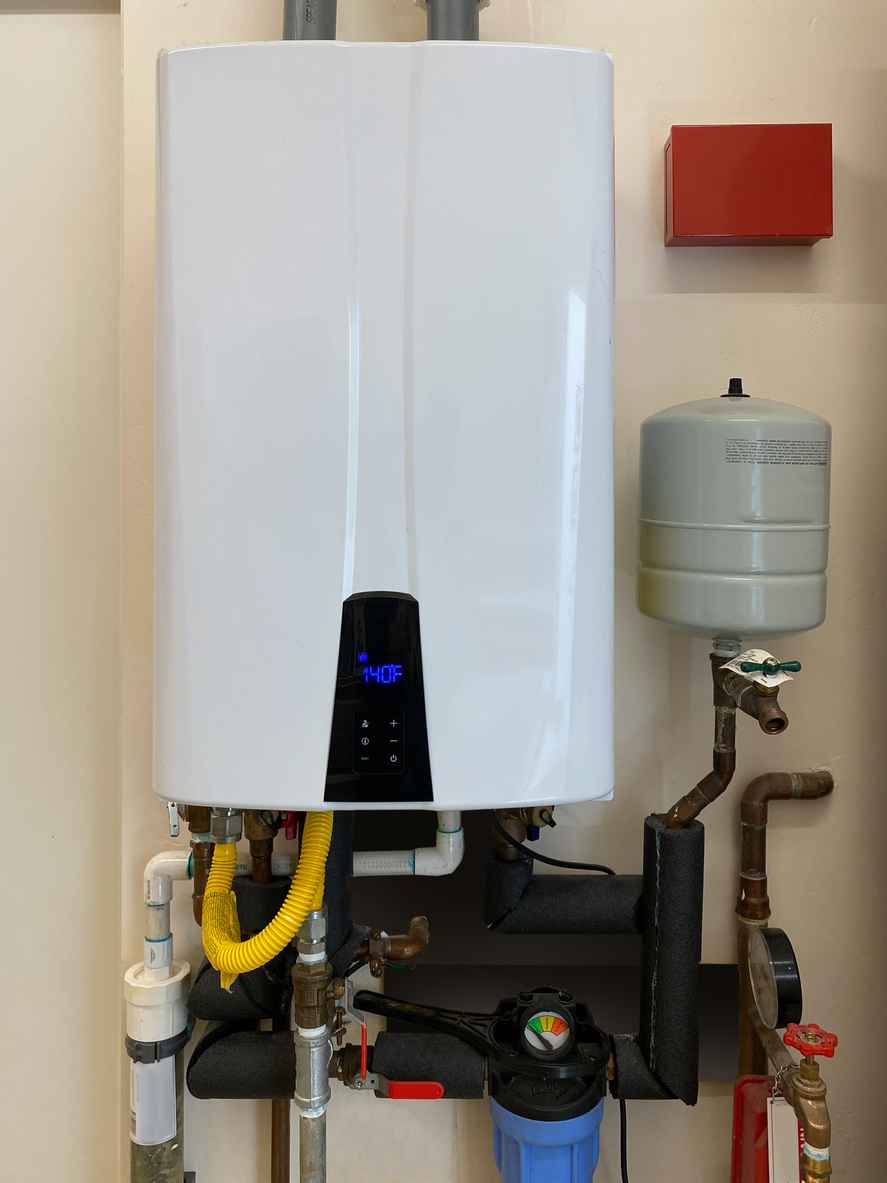
How Do Tankless Water Heaters Work?
March 19, 2024
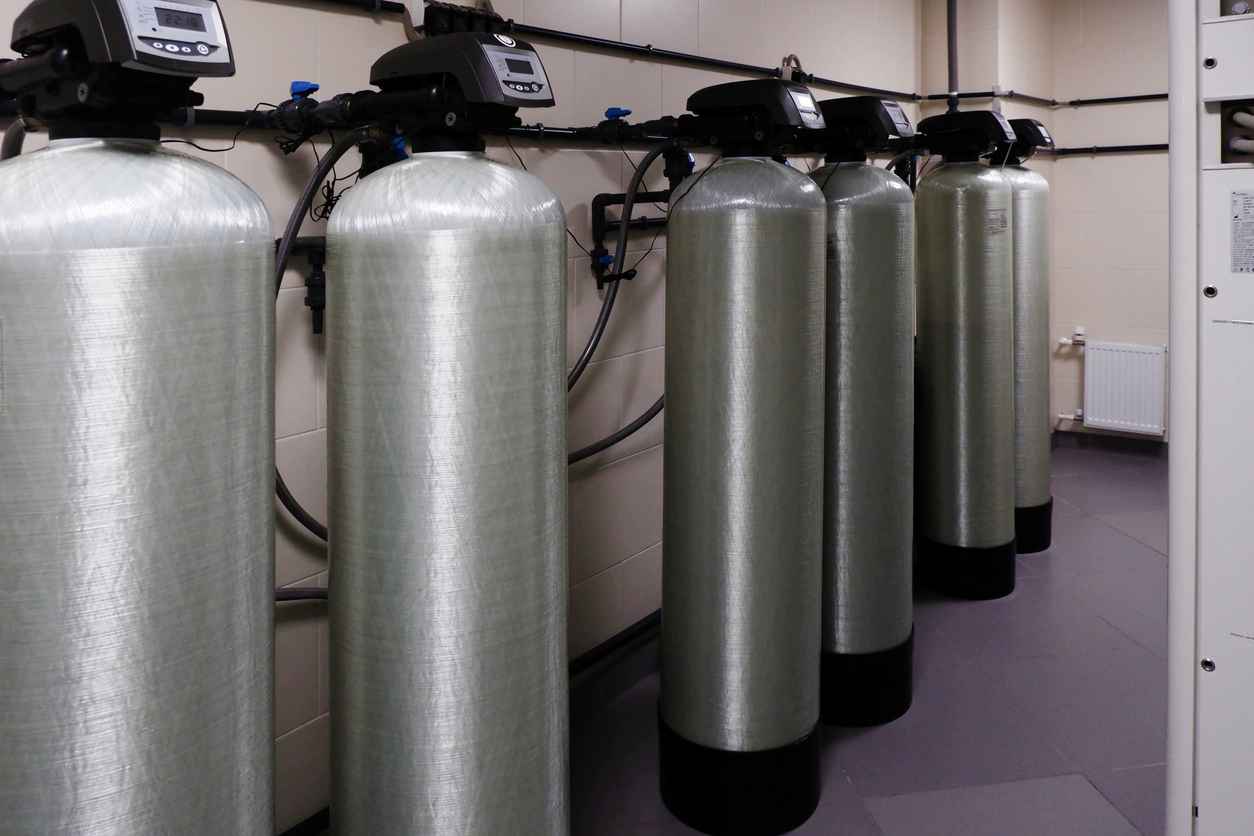
How Much Is a Water Softener?
March 5, 2024

How to Fix Leaky Pipes Under Kitchen Sink
February 22, 2024
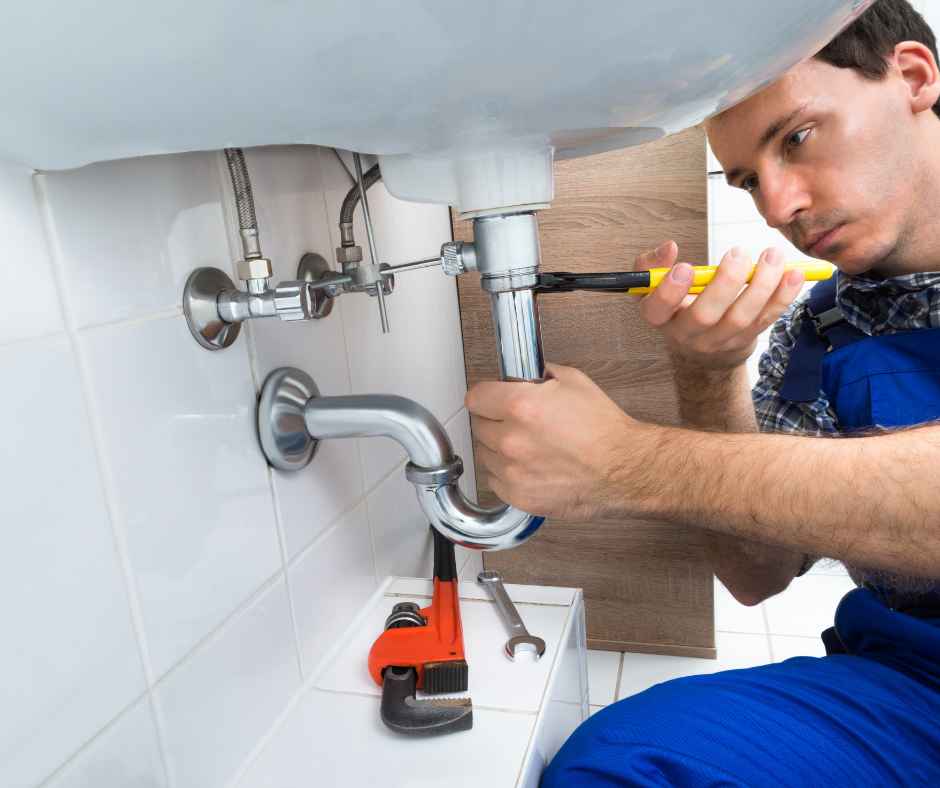
How Much Does Emergency Plumbing Cost?
February 8, 2024
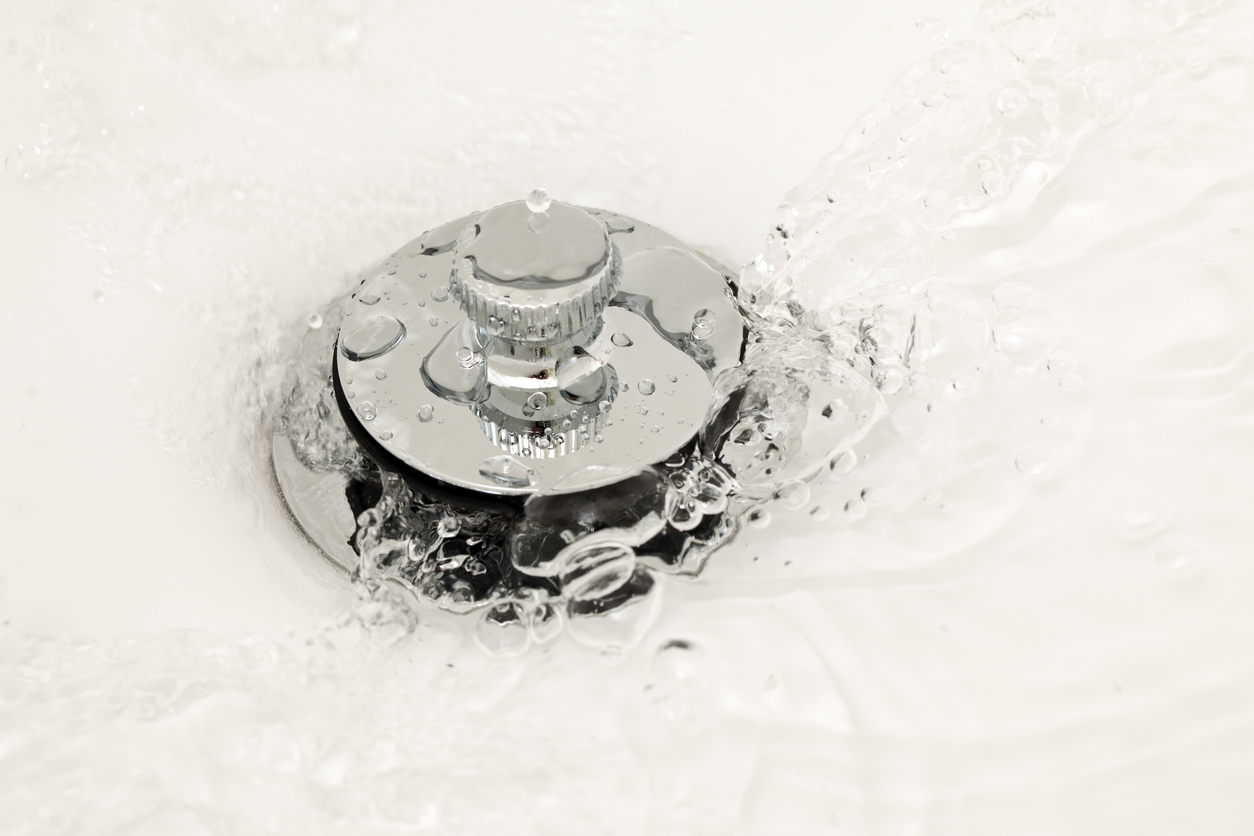
How to Unclog a Bathtub Drain
January 16, 2024
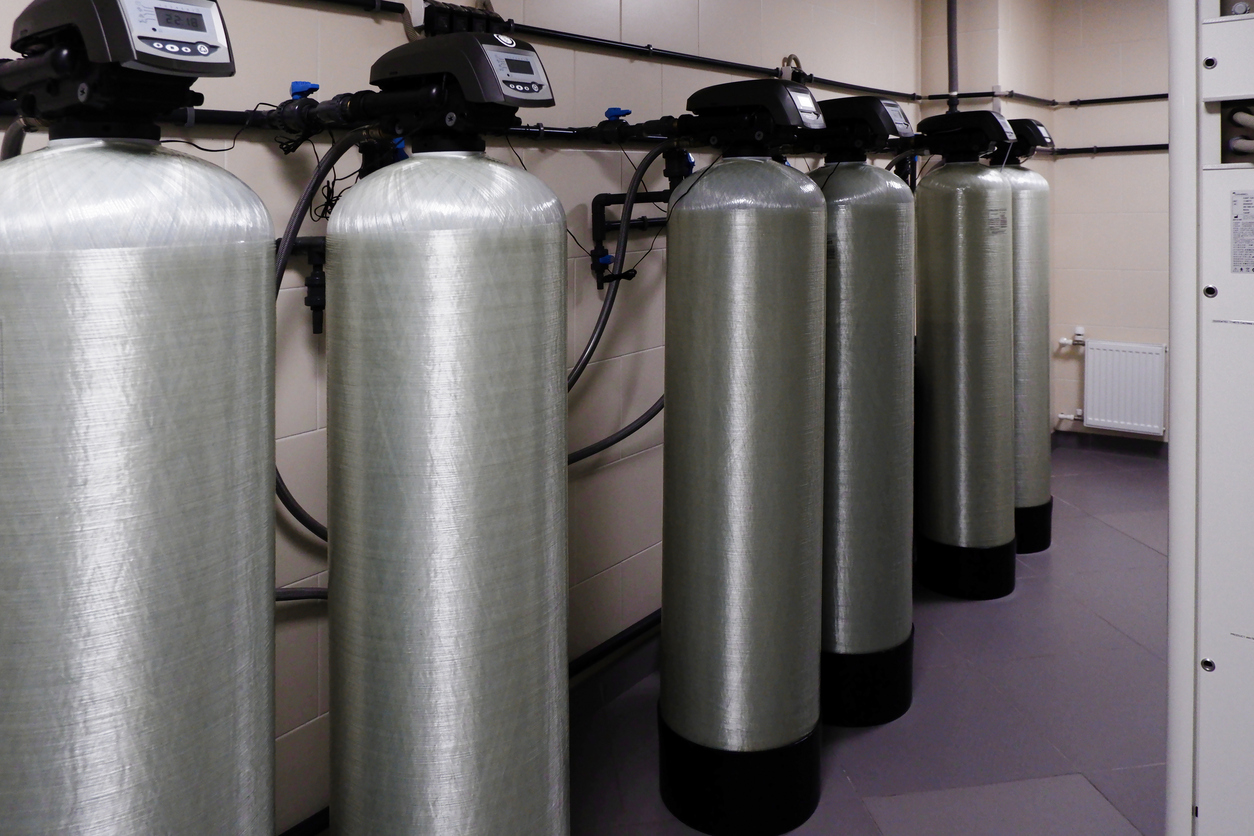
How Much Is a Water Softener?
January 9, 2024

